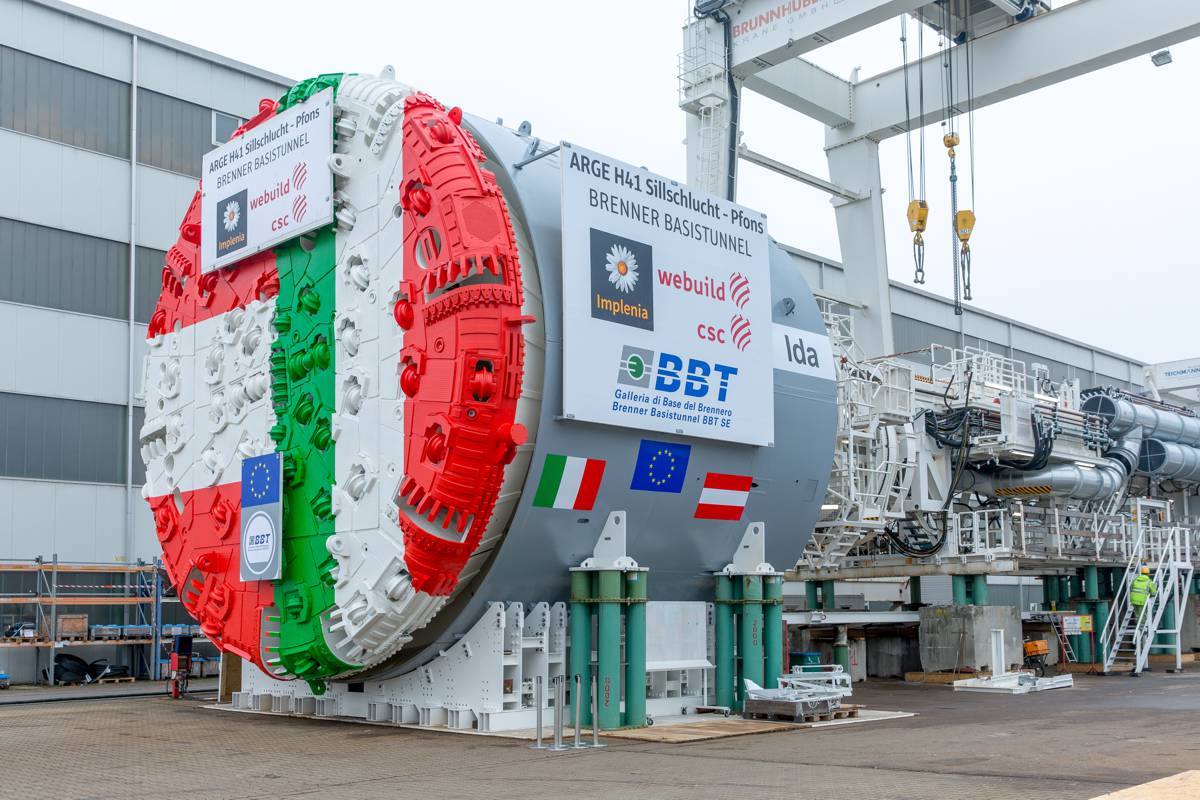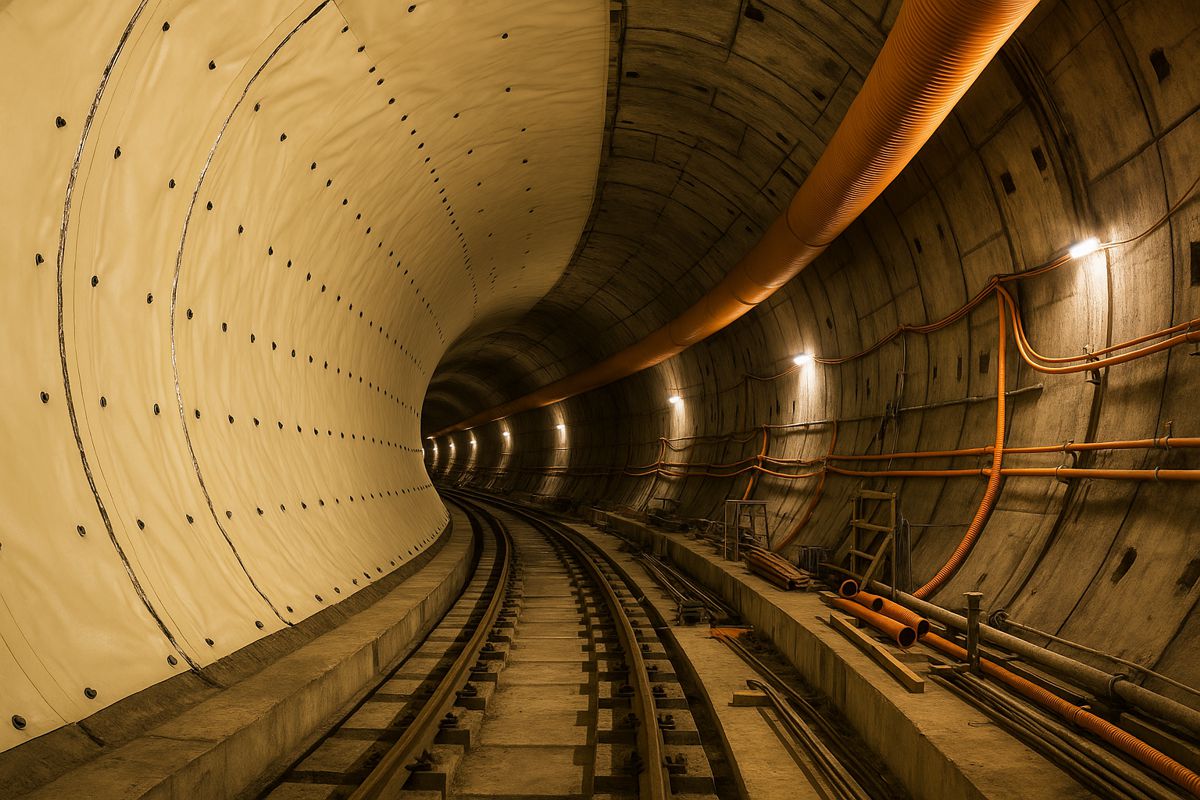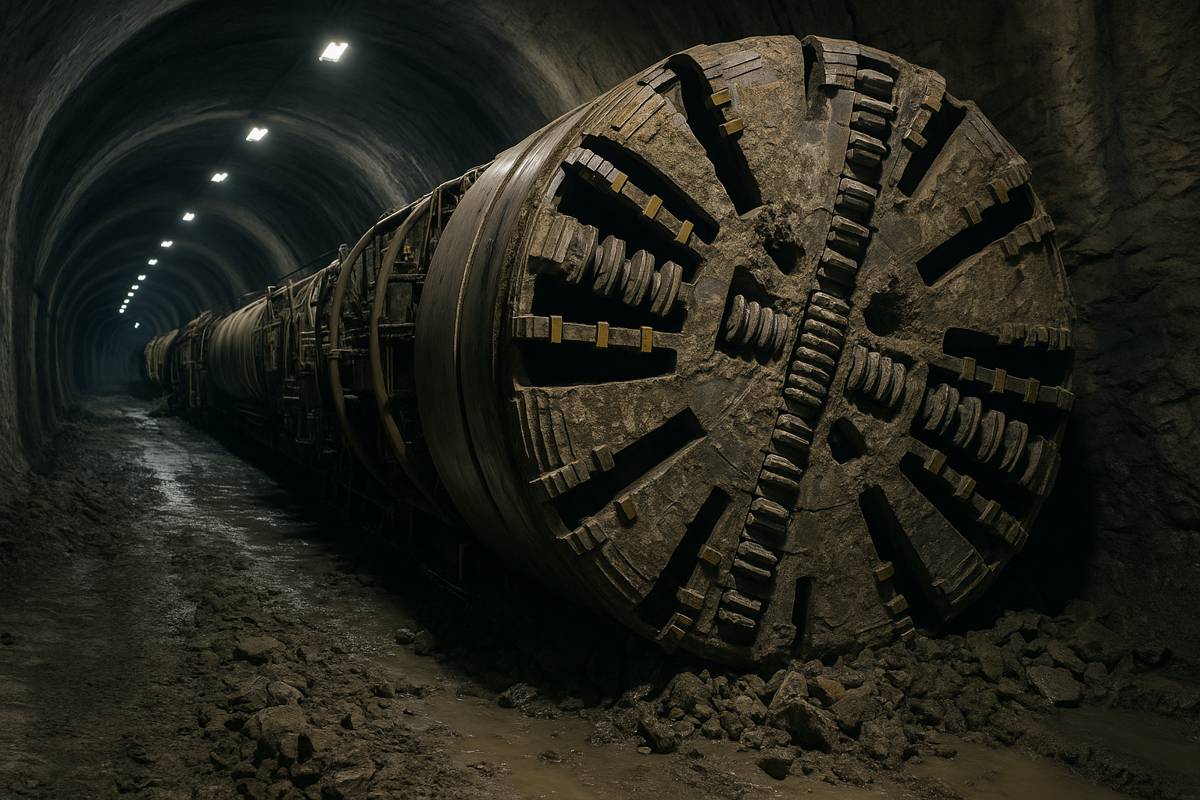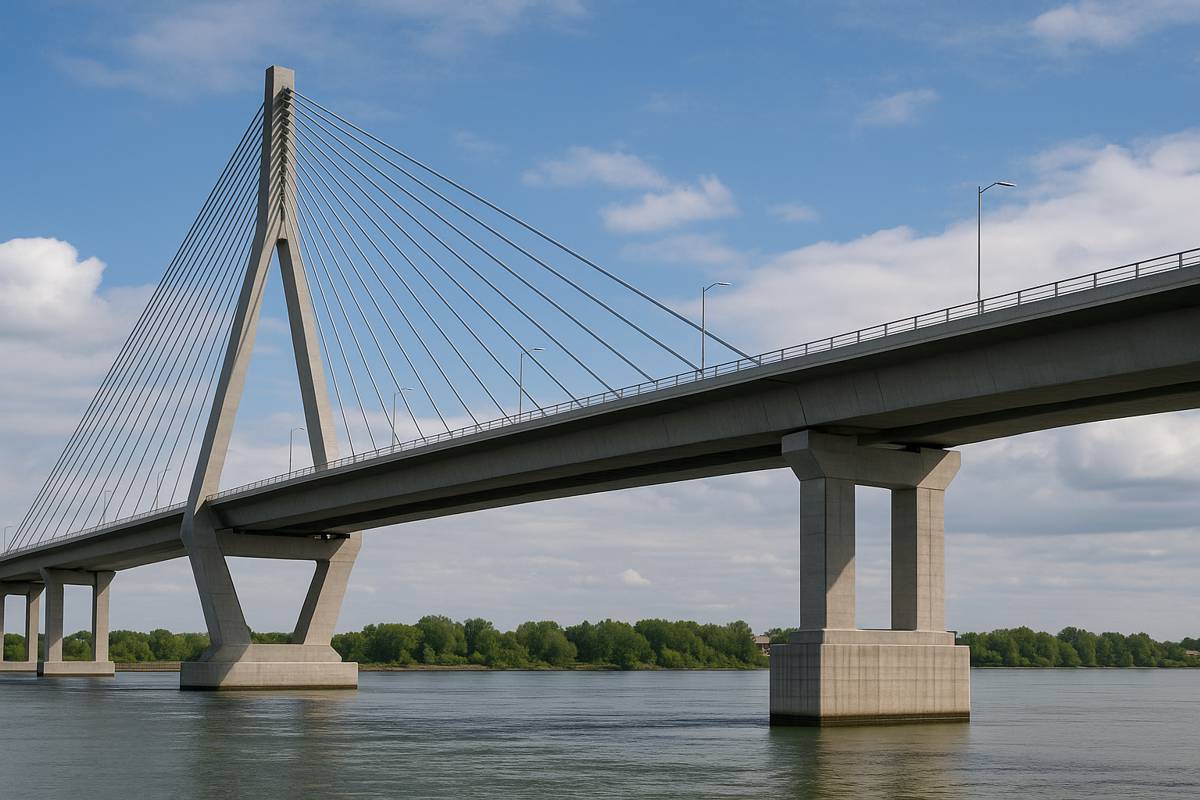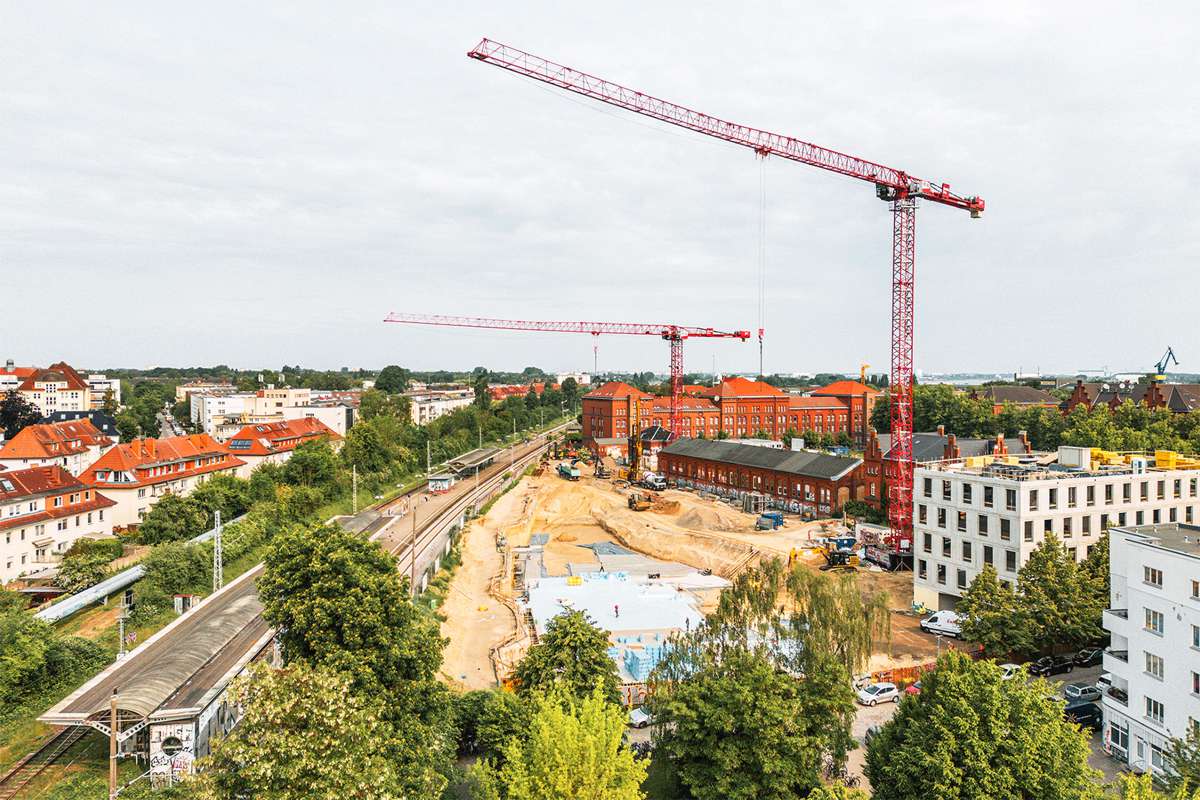Shell and ITM Power to build Electrolysis plant at Rhineland Refinery
Shell and ITM Power will build the world’s largest hydrogen electrolysis plant at Rhineland refinery, Germany. With a peak capacity of 10 megawatts the hydrogen will be used for the processing and upgrading of products at the refinery’s Wesseling site as well as testing the technology and exploring application in other sectors.
The European partner consortium of Shell, ITM Power, SINTEF, thinkstep and Element Energy has now secured 10 million euros in funding from the European “Fuel Cell Hydrogen Joint Undertaking”. The project’s total investment, including integration into the refinery, is approximately 20 million euros.
Detailed technical planning and the approval process will now begin. The plant, named “Refhyne” is scheduled to be in operation in 2020 and will be the first industrial scale test of the polymer electrolyte membrane technology process.
“This new unit at Rhineland enables hydrogen to be made from electricity rather than natural gas. A unit of this kind brings a flexibility that can help the stability of the power grid, thereby facilitating more use of renewable electricity”, explains Lori Ryerkerk, Executive Vice President of Shell Manufacturing. “In addition, if powered by renewable electricity, the green hydrogen will help reduce the carbon intensity of the site – a key goal for us“.
Currently the Rheinland refinery, Germany’s largest, requires approximately 180,000 tons of hydrogen annually, which is produced by steam reforming from natural gas. The new facility will be able to produce an additional 1,300 tonnes of hydrogen per year, which can be fully integrated into the refinery processes, such as for the desulphurization of conventional fuels.
Shell Rheinland Refinery General Manager Thomas Zengerly highlights: “We are pleased to be working collaboratively with the European Union and to assist in developing Europe’s future energy system by testing this technology at the Wesseling site. If successful there is potential for this technology to be expanded at our refinery.”
Hydrogen has the potential to play an important role in the energy transition. Today, hydrogen is already being used in transport by fuel cell vehicles, as well as in industrial applications. When used in transport, hydrogen can help improve local air quality, as the only emissions of fuel cell vehicles is water vapour. When the hydrogen is produced from renewable sources, it can help improve CO2 emissions from the transport sector. Shell is taking part in several initiatives to build up a hydrogen refueling network for transport in a number of markets, including Germany.
The launch of the new facility was attended by numerous representatives from politics and business in the Rhineland refinery:
Michael Theben, Head of Climate Protection Department, Ministry of Economy, Innovation, Digitization and Energy of North Rhine-Westphalia: “The establishment of greenhouse gas-neutral industrial processes is one of the greatest challenges of this century. In addition to evolutionary steps in the future, however, it will primarily depend on “jump innovations”. The state government of North Rhine-Westphalia supports the industry in this transformation process and welcomes the establishment of PEM electrolysis. It is an important building block for future innovative industrial processes.”
Tudor Constantinescu, Principal Adviser to the Director-General for Energy at the Commission of the European Union, Brussels: “Renewable electricity can support decarbonisation not only of the power sector, but, through sectoral integration also of other carbon intensive industries, such as refining. Green hydrogen is a key enabler in this process, contributing to the Energy Union objectives both in terms of emission reductions and increased renewables´ share. Therefore, we strongly support innovation activities, and the Refhyne project is a great illustration thanks to the world’s largest PEM electrolyser application in a refinery.”
Dr. Graham Cooley, CEO, ITM Power PLC, Sheffield: “The Rhineland 10MW system will be the largest PEM electrolyser in the world. It represents the maturing of PEM technology for large scale, industrial applications. We are honoured to be working with Shell and the project team to deploy this plant at one of Europe’s flagship refineries.”
Bart Biebuyck, Executive Director, EU Fuel Cell & Hydrogen Joint Undertaking, Brussels: “Thanks to the different European research projects by the FCH JU in this area, there is now a window of opportunity for these new generation electrolysers to prove themselves in heavy industries like refineries. We are proud to see the scaling-up of PEM electrolysers to 10 MW to decarbonise the industry sector.”
Eli Aamot, Executive Vice President of SINTEF Industry: “REFHYNE is the fourth FCH JU project on PEM electrolysers which is coordinated by SINTEF. We are proud to take on this task, thereby contributing to the introduction of hydrogen technology in industrial processes, in line with our vision: Technology for a better Society”.
Erwin Esser, Mayor of Wesseling: “The construction of hydrogen electrolysis is a clear commitment to the Wesseling site. A good day for Wesseling, for the employees of the company and a great contribution to the success of the energy turnaround.”
Johannes Daum, Program Manager Power-Based Fuels, NOW National Organization Hydrogen and Fuel Cell Technology: “Major projects such as 10 MW PEM electrolysis are building on the success of technology promotion in the National Innovation Program Hydrogen and Fuel Cell Technology (NIP). They demonstrate the suitability for everyday use of processes on an industrial scale and improve the profitability of producing hydrogen. They are an important step in the integration of hydrogen into the energy system and make a decisive contribution to implementing the energy transition in all consumption sectors.”
This project has received funding from the Fuel Cells and Hydrogen 2 Joint Undertaking under grant agreement No 779579. This Joint Undertaking receives support from the European Union’s Horizon 2020 research and innovation programme and Hydrogen Europe Industry and Hydrogen Europe Research.














